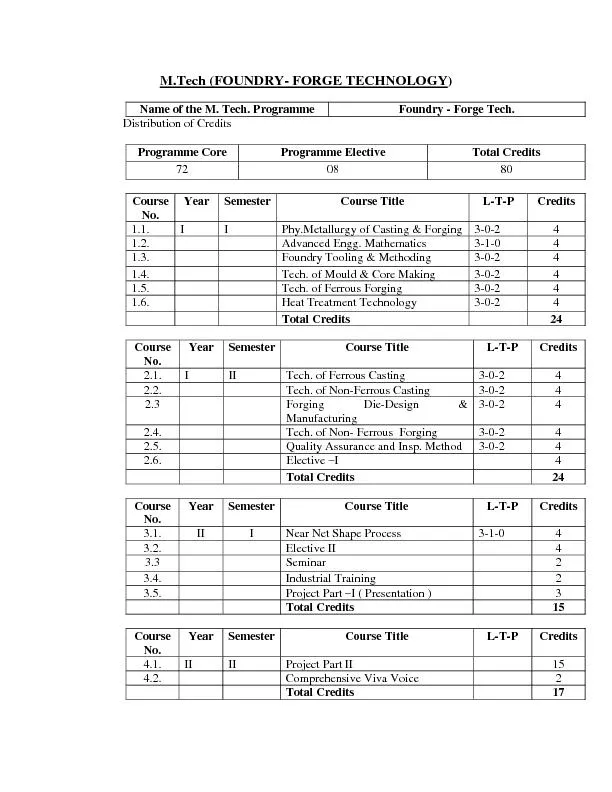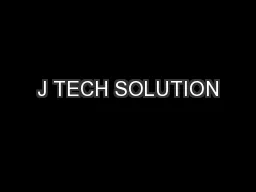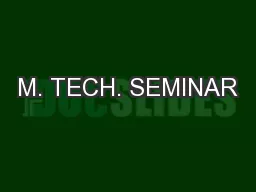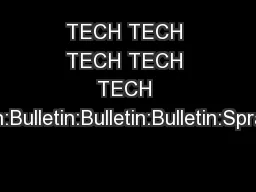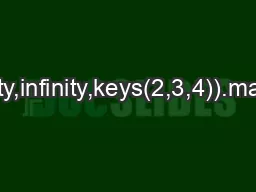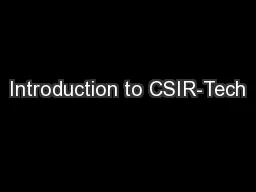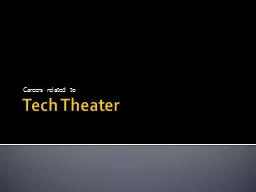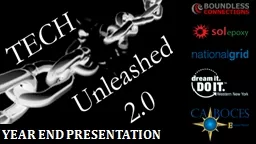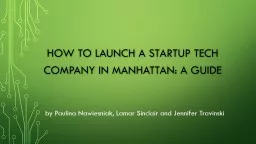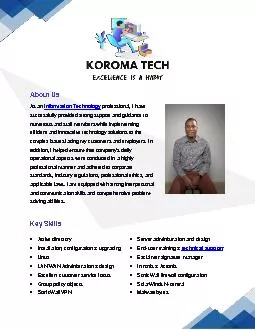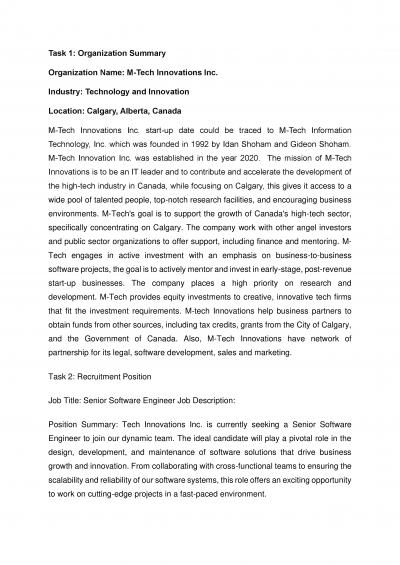PDF-Name of the M. Tech. Programme
Author : trish-goza | Published Date : 2016-04-16
MTech FOUNDRY FORGE TECHNOLOGY Foundry Forge Tech Distribution of Credits Programme Core Programme Elective Total Credits 72 08 80 Course No Year Semester Course
Presentation Embed Code
Download Presentation
Download Presentation The PPT/PDF document "Name of the M. Tech. Programme" is the property of its rightful owner. Permission is granted to download and print the materials on this website for personal, non-commercial use only, and to display it on your personal computer provided you do not modify the materials and that you retain all copyright notices contained in the materials. By downloading content from our website, you accept the terms of this agreement.
Name of the M. Tech. Programme: Transcript
Download Rules Of Document
"Name of the M. Tech. Programme"The content belongs to its owner. You may download and print it for personal use, without modification, and keep all copyright notices. By downloading, you agree to these terms.
Related Documents

